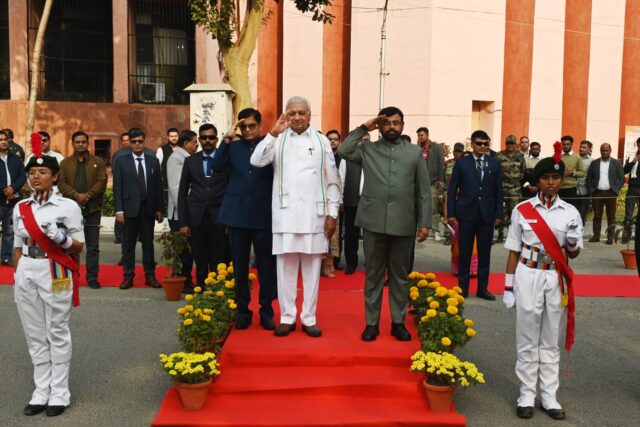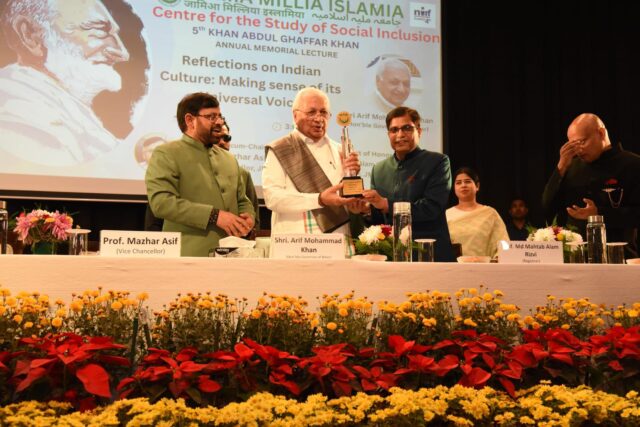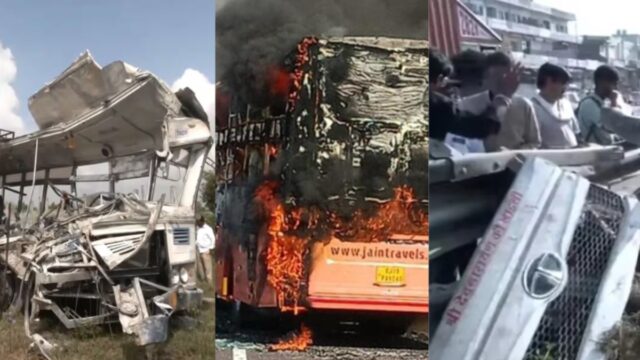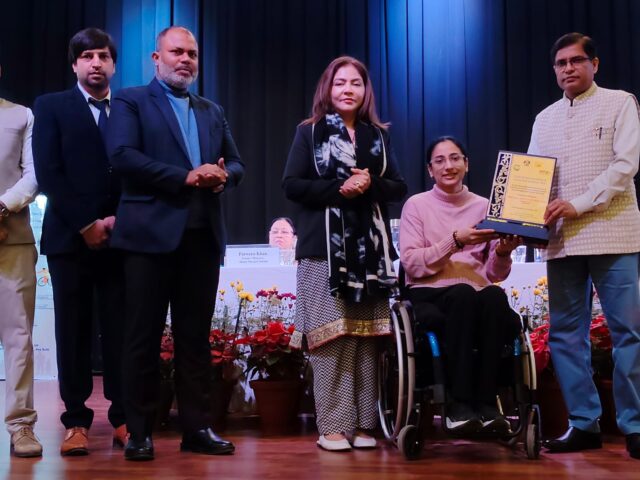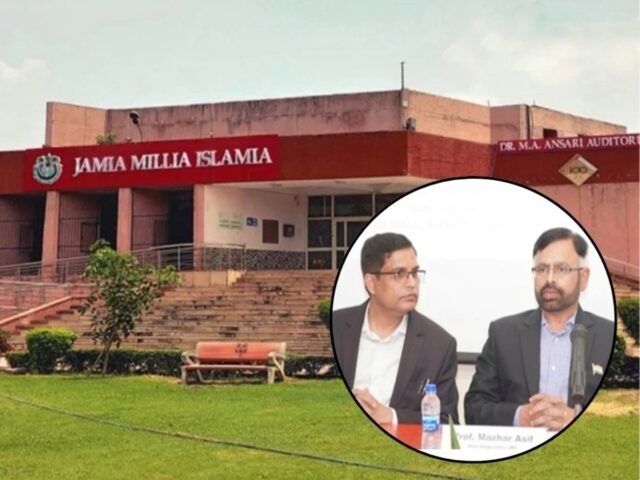Uttarakhand: Chief Secretary Radha Raturi got angry, action plan has not yet come from the districts regarding revitalization of water sources, streams and rivers
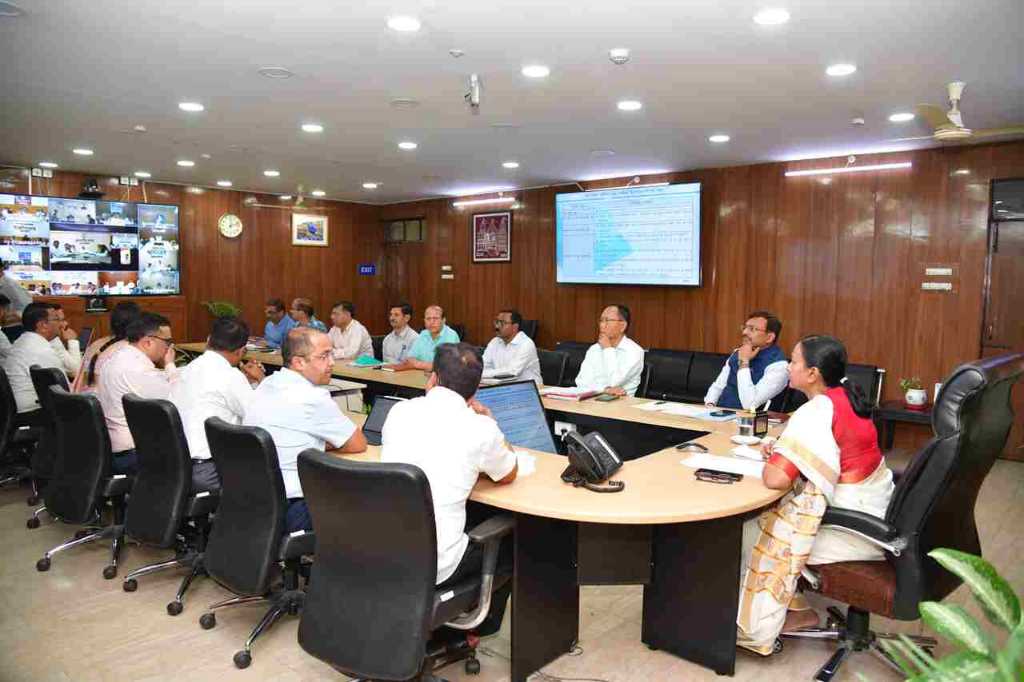
Expressing strong displeasure over not receiving action plans from the districts regarding revitalization of water sources, streams and rivers in Uttarakhand, Chief Secretary Radha Raturi gave a deadline of one week to the district magistrates in this regard.
Expressing strong displeasure over not receiving action plans from the districts regarding revitalization of water sources, streams and rivers in Uttarakhand, Chief Secretary Radha Raturi has given a deadline of one week to the district magistrates in this regard. Considering the seriousness of the issue, the CS has instructed the District Magistrates to immediately deploy a full-time dedicated watershed nodal officer in the district for this work. The Chief Secretary has also instructed the District Magistrates to immediately hold a meeting of the District Level Spring and River Rejuvenation Authority (SARRA) within three days. He has instructed the Chief Development Officer to be prominently associated with this campaign. The CS directed the Additional Chief Secretary Finance to issue a letter to hold a meeting regarding funding utilization for the revitalization of water sources and rivers through various means like MNREGA, NABARD, CAMPA, PMKSY. In the meeting held at the Secretariat on Wednesday, Chief Secretary Radha Raturi has instructed the concerned officers to work on Holistic and Integrated instead of district-wise planning for the revitalization of water sources, rivers, tributaries and streams of the state.
In today’s important meeting regarding water conservation in the state, Chief Secretary Radha Raturi has instructed the District Magistrates to identify 10 critical drying springs in each block and 20 critical drying streams/tributaries in the district under the Water Conservation Campaign 2024. . Along with this, he has given instructions to plan the revitalization of one river in each district under a long term plan. The Chief Secretary has also given instructions to work on the action plan for identification and revitalization of dried up ponds in the plain districts.
It is noteworthy that under the Water Conservation Campaign 2024, under the targets for water conservation work at the village level, it has been said that generally 2 to 3 water sources are available in hilly villages. Aiming at the revitalization of these water sources, contour trenches and recharge pits can be constructed in the water catchment areas of these sources.
In plain villages, ground water can be recharged through raw ponds, check dams and recharge pits. Chal-Khals can be constructed in forest areas and pasture areas near villages.
Along with this, under the Water Conservation Campaign 2024, it has been mentioned in the targets of treatment of critical water sources at the development block level that such drinking water schemes have been identified by the Drinking Water Department and Jal Sansthan for identification of critical water sources in which water flow is showing severe deficiency. By making a plan for treatment, the process of implementation can be started.
The process of implementation can be started by making a plan in the recharge areas of the identified aquifer in the 4 plain districts identified by the Central Ground Water Board. 145 critical water sources have been identified for treatment by the Drinking Water Department and Water Institute Department.
Under the Water Conservation Campaign 2024, under the targets of treatment of tributaries and streams at the district level, it has been told that the plan for the renovation of many drinking water schemes made by the Department of Drinking Water and Water Institute, which are dependent on rain-based tributaries/streams, will be given priority. Activities can be started by building on this basis.
Various irrigation schemes prepared by the Irrigation and Minor Irrigation Department can be started by planning and identifying the supply areas based on tributary rivers/streams. If the supply areas of the above schemes are in reserved forests, in such a situation, instructions have been given to the Forest Department to ensure action by establishing inter-departmental coordination. 412 tributaries/streams and 6 rivers have been identified for treatment by the Drinking Water Department/Water Institute Department.
Additional Chief Secretary Anandvardhan, Principal Secretary RK Sudhanshu, Secretary Shailesh Bagauli and officials of related departments and all the District Magistrates were present in the meeting through virtual medium.

